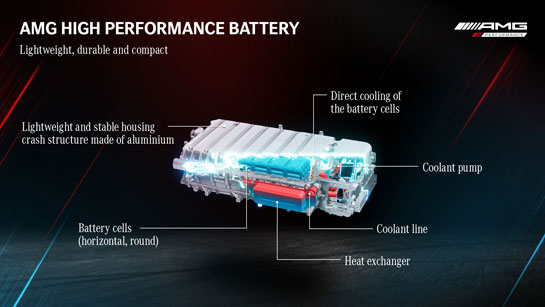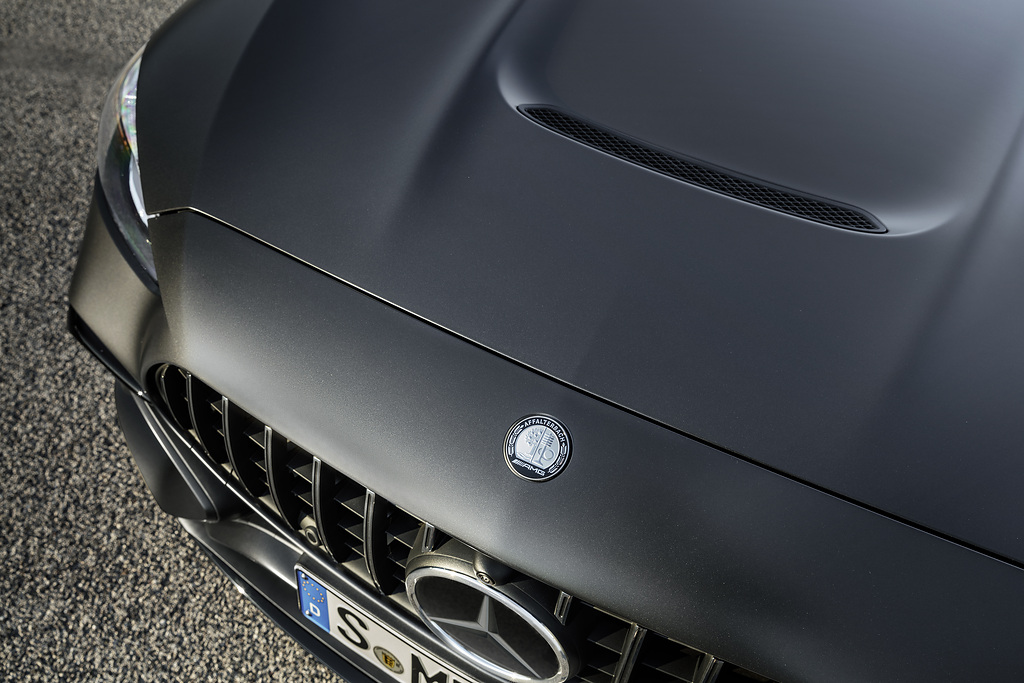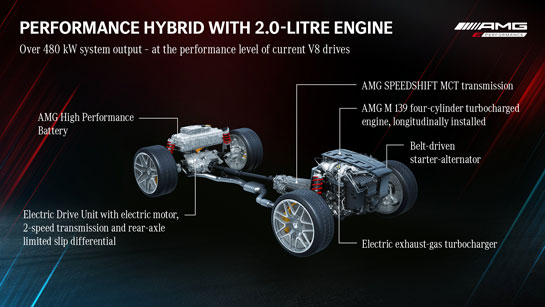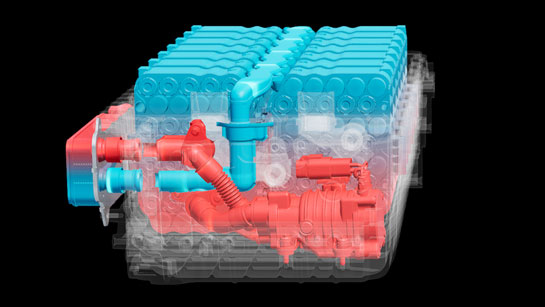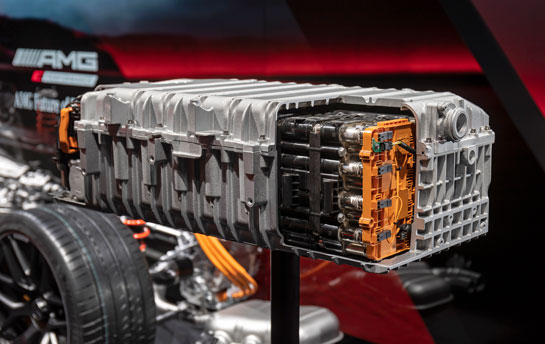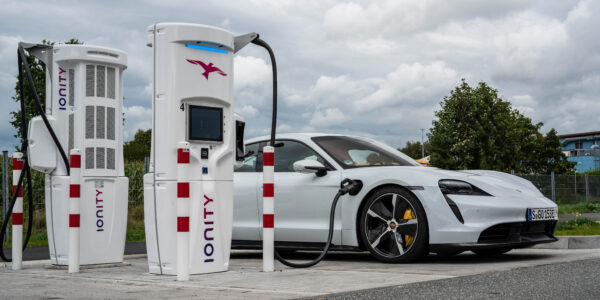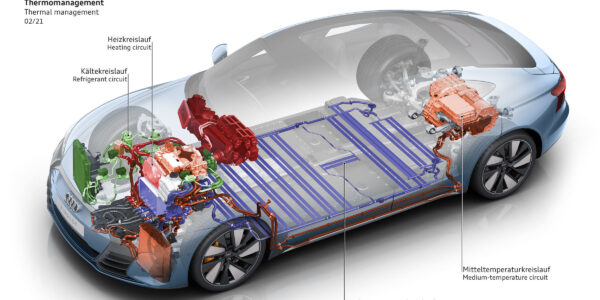New Mercedes-AMG C63 S plug-in hybrid is a thermal management masterclass
- PostedPublished 2 December 2022
If racing improves the breed, controversy over the latest W206-generation Mercedes-AMG C63 S and its four-cylinder hybrid drivetrain may be unfounded as it shares plenty of tech with Lewis Hamilton’s company car.
A total system output of 500kW and 1020Nm should also help sway those who think this is some kind of fancy Toyota Prius. While both C63 S and Prius share a fundamental combination of four-cylinder engine, electric motor and battery pack, only one can dash from 0-100 km/h in 3.4 seconds and hit a top speed of 280km/h.
The AMG’s battery cells operate in a bath of high-tech non-conductive coolant, of which 14 litres circulates from top to bottom through the battery pack then through a water-to-oil heat exchanger into one of the car’s two low-temperature circuits into the a low-temp radiator in the nosecone.
The C63 is a substantial 83mm longer than a regular C-Class, with 50mm of that stretch at the front, where despite the presence of a relatively compact four-cylinder engine, a heap of thermal management apparatus has to be packaged.
On that longer bonnet is a slim rear-facing vent to help exhaust hot air from the many heat exchangers. A fair bit of the heat will come from the incredibly highly strung 2.0-litre petrol engine, which develops a barely believable 350kW and 545Nm courtesy of an F1-style hybrid turbocharger that integrates a 400-volt electric motor to ensure it never goes off-boost.
“This innovative system is derived directly from the technology that the Mercedes-AMG Petronas F1 Team has been using so successfully in the premier class of motorsport for many years,” says Mercedes-AMG.
The engine itself has separate thermal management circuits for the cylinder head and crankcase, which are respectively cooled by a mechanical and electrically driven water pumps. The turbocharger, electric motor and power electronics are also connected to the engine’s thermal management circuit.
Anyway, back to the battery thermal management system, which is designed to keep the cells at their optimum operating temperature of 45ºC so that maximum performance can always be accessed and that as much energy as possible can be recuperated during regenerative braking.
“The basic operating strategy is derived from the hybrid powerpack of the Mercedes-AMG Petronas Formula 1 racing car,” says Mercedes-AMG.
“It may well be that the average temperature is exceeded when driving at high speeds. The protection mechanisms are therefore configured so that the maximum performance can be obtained from the battery, with the temperature level subsequently lowered by direct cooling.
“Conventional cooling systems cannot cope with this, and the battery can no longer fully utilise its potential. That is not the case with the AMG high-performance battery: even during fast laps in hybrid mode on the race track, where acceleration (battery is discharged) and deceleration (battery is charged) are frequent, the energy storage system retains its high performance capacity.”
To achieve this, the team at Affalterbach (who engineered the battery pack and its thermal management system in-house) had to develop new cooling modules that are “only millimetres thin”.
“Only effective direct cooling makes it possible to use cells with a very high power density. Thanks to this individual solution, the battery system is particularly light and compact,” said Mercedes-AMG.
“The car’s specific battery concept allows the optimal compromise between maximum driving dynamics and contemporary efficiency.”
Electric driveline thermal management is so crucial to the performance of the new C63 S that the instrument panel includes temperature readouts for the electric motor and battery.
AMG packaged the 150kW electric motor, two-speed automatic transmission and electronically controlled limited-slip diff into a single compact unit mounted on the rear axle, directly below the battery pack.
The Mercedes hot-shop says it relied a lot on colleagues from the F1 team in developing the new C63’s drivetrain, especially the battery.
“There was a lively exchange of expert knowledge between the High Performance Powertrains (HPP) Formula 1 engine shop in Brixworth and Mercedes-AMG in Affalterbach,” says the company.
- CategoriesIn Latest News
- TagsHybrid, mercedes-benz, plug-in hybrid, thermal management


